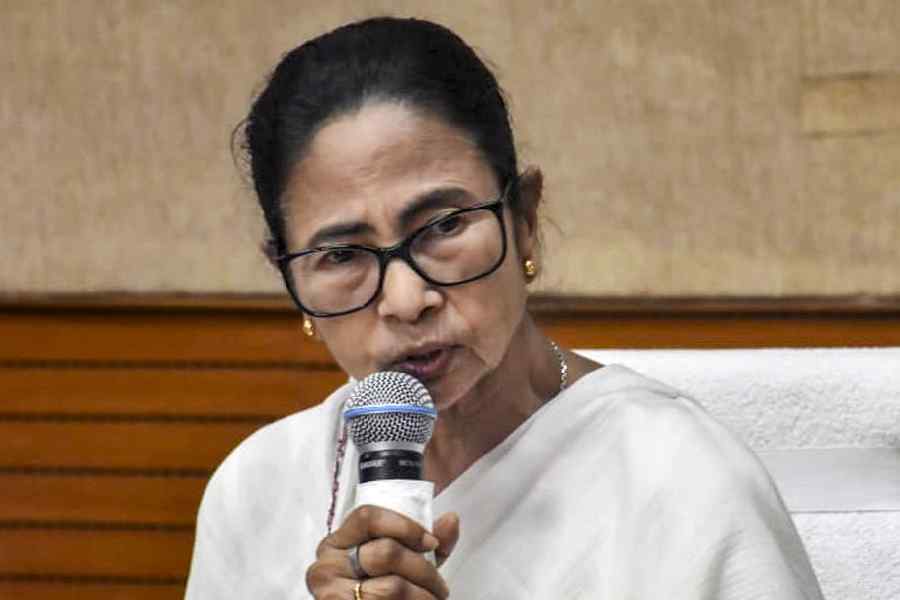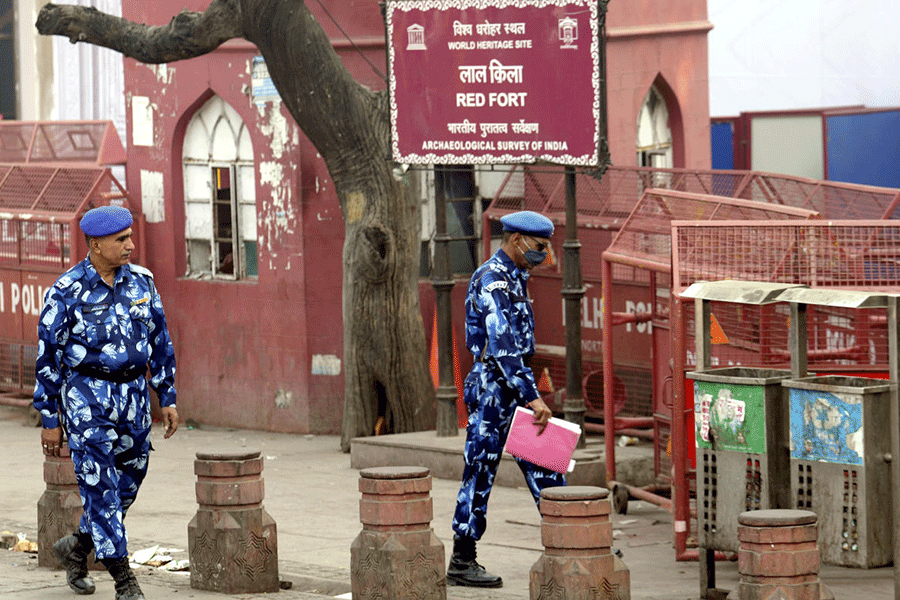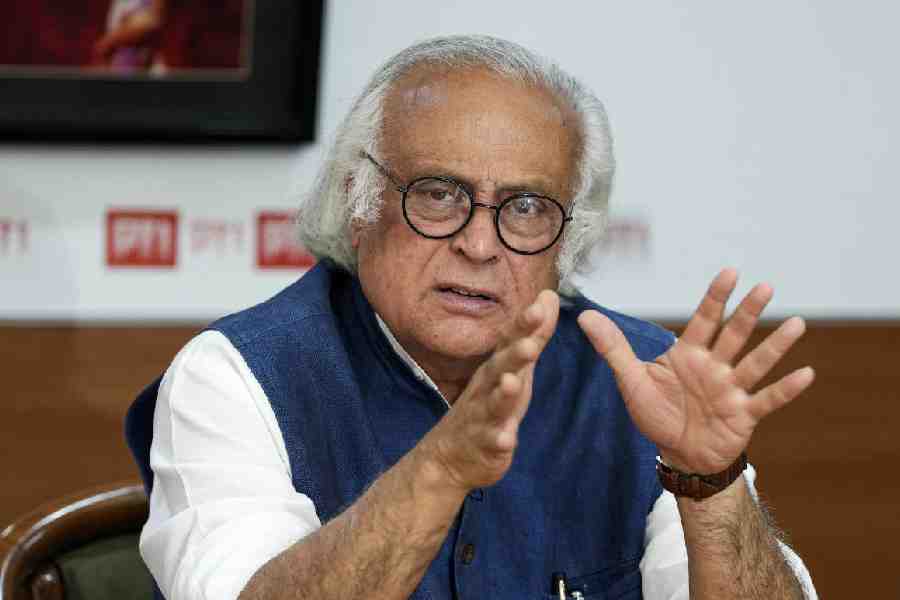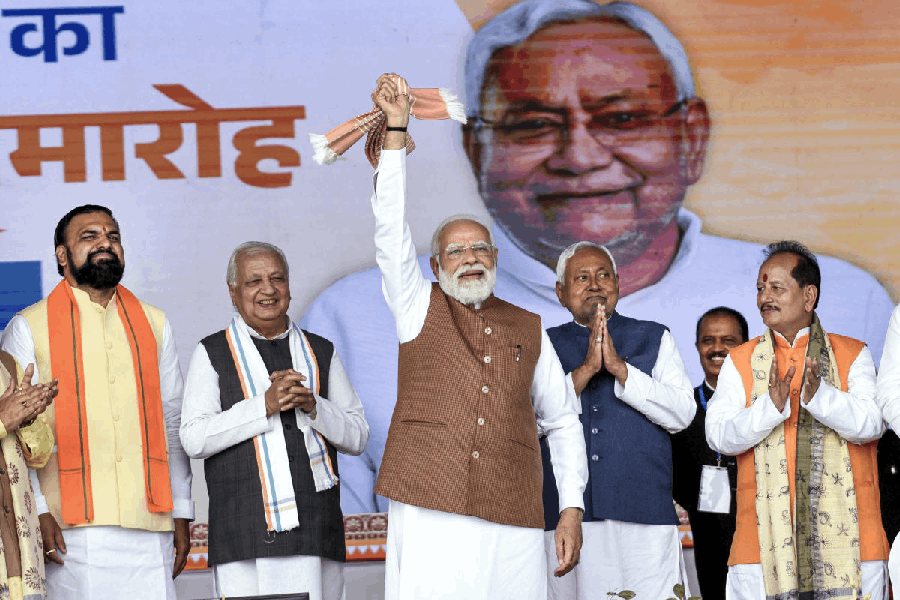 |
| EPIC MOMENT: A still from Ramanand Sagar’s television serial Ramayan |
It is raining Ram. From the Ayodhya verdict to the just concluded Dussehra festival to the release of Ketan Mehta and Chetan Desai’s 3-D animation film, Ramayana – the Epic, Lord Ram certainly seems to be the flavour of the season.
The reviews for debutant director Chetan Desai and producer Ketan Mehta’s 3-D animation version of Ramayan have been mixed. But the film underlines India’s continued fascination with the epic and its hero’s epic battle to defeat the power of evil.
Indeed, over the last several years, the story of Ramayan has been revisited many times — both on television as well as in print. Two years ago, Sagar Arts, the same production house that created Doordarshan’s blockbuster serial Ramayan way back in 1987, made another version of the epic for NDTV Imagine.
In the West too, Virgin Comics came up with a series called Ramayan 3392 A.D., a brainchild of Shekhar Kapur and Deepak Chopra, in September 2006. The graphic novel series, written by Shamik Dasgupta and illustrated by Abhishek Singh, re-imagines the epic tale in a post-apocalyptic future where the last kingdom of humans fights with the demons in a battle for survival. Again, in 1992, not long after the phenomenal success of Ramanand Sagar’s Ramayan, Japanese filmmaker Yugi Sako and Indian filmmaker Ram Mohan made an animated version of Ramayan, a film that won considerable critical acclaim.
 |
And it’s not just Ramayan. The character of Hanuman, Ram’s faithful friend and disciple, has also inspired films. In 2005, Sahara India’s animated film Hanuman was so successful that it made a sequel, Return of Hanuman, in 2007. Hanuman is also set to get a Hollywood avatar in a proposed movie starring Keanu Reeves as Ram and Aamir Khan as Hanuman.
But of course none of these retellings of Ramayan or its parts have achieved — or is likely to achieve — the huge impact of Ramanand Sagar’s Ramayan. When it went on air in January 1987, the television serial caught the imagination of all communities and religions. Says Aziz Mirza of Nukkad fame, “Even in the Muslim dominated Mohammed Ali Road in Mumbai, the serial was very popular. People liked what Ram spoke and stood for.”
Indeed, an entire nation stood still as people stopped to watch the story of Ramayan unfold. There was a train from Calcutta to Delhi that had a stop at Rampur. Every Sunday the train reached its destination 45 minutes late. Later, it was found that the station master, commuters and hawkers had pooled in money to buy a television set and the delay took place because they all watched Ramayan at Rampur station every Sunday morning!
Such was the craze for the serial that even ministers refused to be sworn in during the show timings. And once, during communal riots in Meerut, the local police announced that they didn’t want reinforcements until Sunday evening because people would be watching Ramayan in the morning anyway and would hence cease fighting for a while.
Says Prem Sagar, Ramanand Sagar’s son, “ Over the years some 650 million people have watched Ramayan. It was made into Tamil, Telugu, Nepalese, Bhojpuri, Cantonese, Thai, Malay. It has been broadcast in 52 countries. From Suriname to South Africa, from Karachi to British Guyana, people have watched the serial.”
At home, the serial gave a fillip to the decades old demand for a Ram temple in Ayodhya. Says Amit Khanna of Reliance Big Entertainment, “Obviously the BJP cashed in on the popularity of the serial. It was clever politics. The inherent message of Ramayan was not overtly religious but the BJP made it religious.”
Today, though, filmmakers are looking at the Ramayan story not so much as a religious tale, but as a superhero story. Says Chetan Desai, “I wanted to look at Ram not as a god but as an individual, as a superhero who is based in an epical environment. And that is how Ramayana – the Epic got made. I thought of animation because I thought that medium went well with movie merchandise, toys, video games, comic books and so on.”
However, experts feel that most recent renditions of Ramayan have glossed over several controversial issues in the epic such as Sita’s agni pariksha or Ram’s killing monkey prince Sugreev’s older brother, Bali.
Filmmaker Shyam Benegal says, for example, that Ramanand Sagar’s Ramayan reinforced the Raja Ravi Varma calendar image of Ram. “I spoke to Ramanand Sagar and told him that one could use metaphors. Hanuman need not be a monkey, because Hanuman, Bali, Sugreev were from a tribal community. But he didn’t agree,” says Benegal.
Amit Khanna echoes this viewpoint, “Ramanand Sagar’s Ramayan was a Hindi film interpretation of mythology. I would say it was pop art. But these things do have an impact. In the south N.T. Rama Rao, who used to play mythological roles, did go on to rule Andhra Pradesh.”
In retrospect, the serial owed its success to many factors. It was a time when colour television was making an entry into middle-class homes and it was fairly affordable. Says Khanna, “It was one of the first popular serials which came under the sponsorship scheme of Doordarshan. Before that Doordarshan made its own programmes. While Humlog and Buniyaad were north Indian in their appeal, Ramayan was dubbed in south Indian languages, which ensured that it had a much wider reach.”
Essentially, in India, at least, Ramayan is the ultimate bestseller. And you can be sure that there’ll be many more retellings of the epic story in many different ways.










